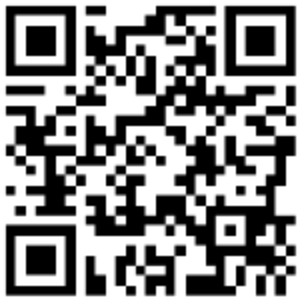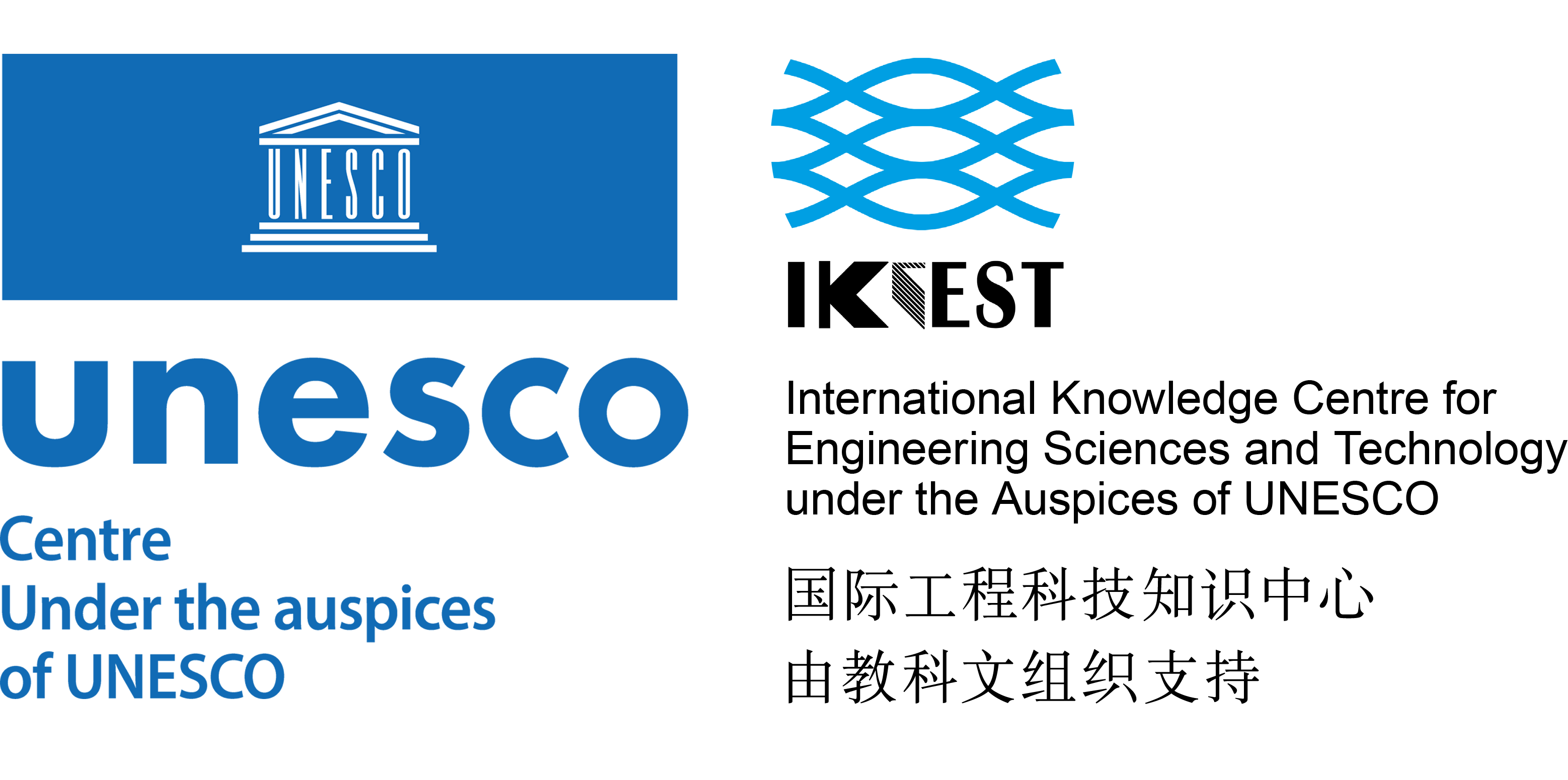 A SpaceX Falcon 9 rocket carried the first 3D printer capable of printing human tissues in microgravity to the International Space Station last week. Created by biotech firm, nScrypt, and spaceflight equipment manufacturer, Techshot Inc, the mini-refrigerator-sized 3D BioFabrication Facility (BFF) uses adult human stem or pluripotent cells and adult tissue-derived proteins as its bioink to create viable tissue, including nerve and muscle cells.
A SpaceX Falcon 9 rocket carried the first 3D printer capable of printing human tissues in microgravity to the International Space Station last week. Created by biotech firm, nScrypt, and spaceflight equipment manufacturer, Techshot Inc, the mini-refrigerator-sized 3D BioFabrication Facility (BFF) uses adult human stem or pluripotent cells and adult tissue-derived proteins as its bioink to create viable tissue, including nerve and muscle cells.
According to the companies, BFF’s initial phase for BFF will involve test prints of cardiac-like tissue of increasing thickness. The next phase, where heart patches are manufactured in space and evaluated on the ground (under a microscope and perhaps in small animals such as rats) could last through approximately 2024.
While hard tissues like bones and cartilage have been successfully printed on Earth, the manufacturing of soft human tissue (such as blood vessels and muscle) has been difficult. Typically, such tissues collapse under their own weight. In the microgravity of space, however, these same materials will maintain their shapes, the companies say.
Once printed in space, the structures will be placed in a cell-culturing system that strengthen them over time, to the point where they become viable, self-supporting tissues that will remain solid once back in Earth’s gravity. Ultimately, long-term success of BFF could lead to reducing the current shortage of donor organs.
“The concept of developing tissue or an organ in space with a 3D bioprinter has been with us for years,” said Techshot President and CEO John Vellinger. “From the technological and biological perspectives, making it real has been a painstaking process of experiments and testing. To see this coming together is an amazing thing for the team, as well as for all of medical science.”
www.nScrypt.com
www.Techshot.space
Original Text (This is the original text for your reference.)
 A SpaceX Falcon 9 rocket carried the first 3D printer capable of printing human tissues in microgravity to the International Space Station last week. Created by biotech firm, nScrypt, and spaceflight equipment manufacturer, Techshot Inc, the mini-refrigerator-sized 3D BioFabrication Facility (BFF) uses adult human stem or pluripotent cells and adult tissue-derived proteins as its bioink to create viable tissue, including nerve and muscle cells.
A SpaceX Falcon 9 rocket carried the first 3D printer capable of printing human tissues in microgravity to the International Space Station last week. Created by biotech firm, nScrypt, and spaceflight equipment manufacturer, Techshot Inc, the mini-refrigerator-sized 3D BioFabrication Facility (BFF) uses adult human stem or pluripotent cells and adult tissue-derived proteins as its bioink to create viable tissue, including nerve and muscle cells.
According to the companies, BFF’s initial phase for BFF will involve test prints of cardiac-like tissue of increasing thickness. The next phase, where heart patches are manufactured in space and evaluated on the ground (under a microscope and perhaps in small animals such as rats) could last through approximately 2024.
While hard tissues like bones and cartilage have been successfully printed on Earth, the manufacturing of soft human tissue (such as blood vessels and muscle) has been difficult. Typically, such tissues collapse under their own weight. In the microgravity of space, however, these same materials will maintain their shapes, the companies say.
Once printed in space, the structures will be placed in a cell-culturing system that strengthen them over time, to the point where they become viable, self-supporting tissues that will remain solid once back in Earth’s gravity. Ultimately, long-term success of BFF could lead to reducing the current shortage of donor organs.
“The concept of developing tissue or an organ in space with a 3D bioprinter has been with us for years,” said Techshot President and CEO John Vellinger. “From the technological and biological perspectives, making it real has been a painstaking process of experiments and testing. To see this coming together is an amazing thing for the team, as well as for all of medical science.”
www.nScrypt.com
www.Techshot.space
 A SpaceX Falcon 9 rocket carried the first 3D printer capable of printing human tissues in microgravity to the International Space Station last week. Created by biotech firm, nScrypt, and spaceflight equipment manufacturer, Techshot Inc, the mini-refrigerator-sized 3D BioFabrication Facility (BFF) uses adult human stem or pluripotent cells and adult tissue-derived proteins as its bioink to create viable tissue, including nerve and muscle cells.
A SpaceX Falcon 9 rocket carried the first 3D printer capable of printing human tissues in microgravity to the International Space Station last week. Created by biotech firm, nScrypt, and spaceflight equipment manufacturer, Techshot Inc, the mini-refrigerator-sized 3D BioFabrication Facility (BFF) uses adult human stem or pluripotent cells and adult tissue-derived proteins as its bioink to create viable tissue, including nerve and muscle cells. 







 User Center
User Center My Training Class
My Training Class Feedback
Feedback












Comments
Something to say?
Log in or Sign up for free